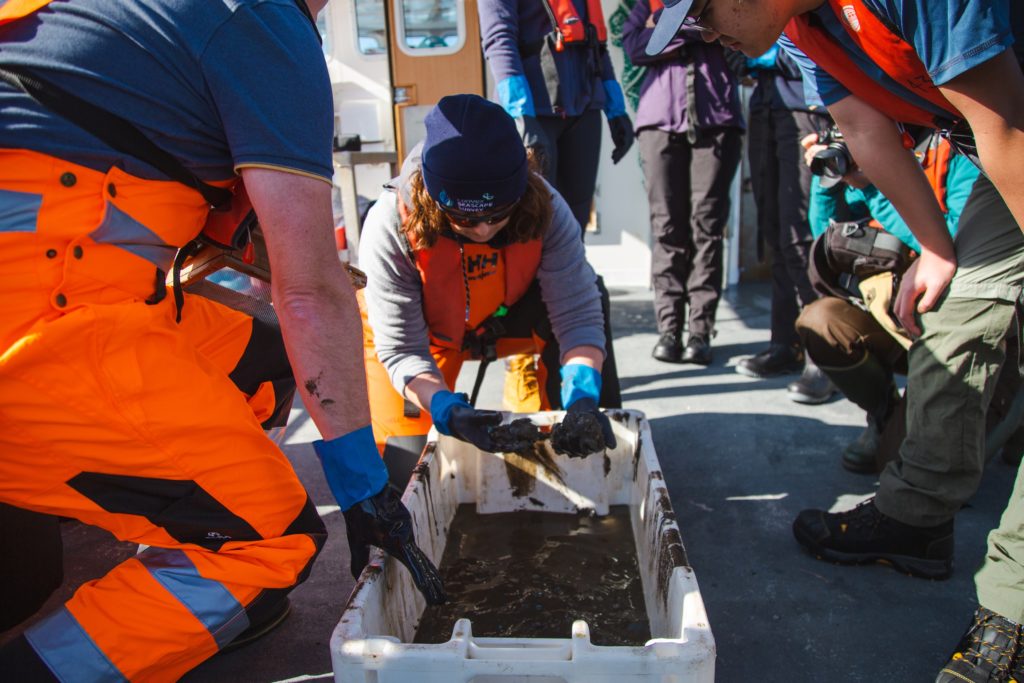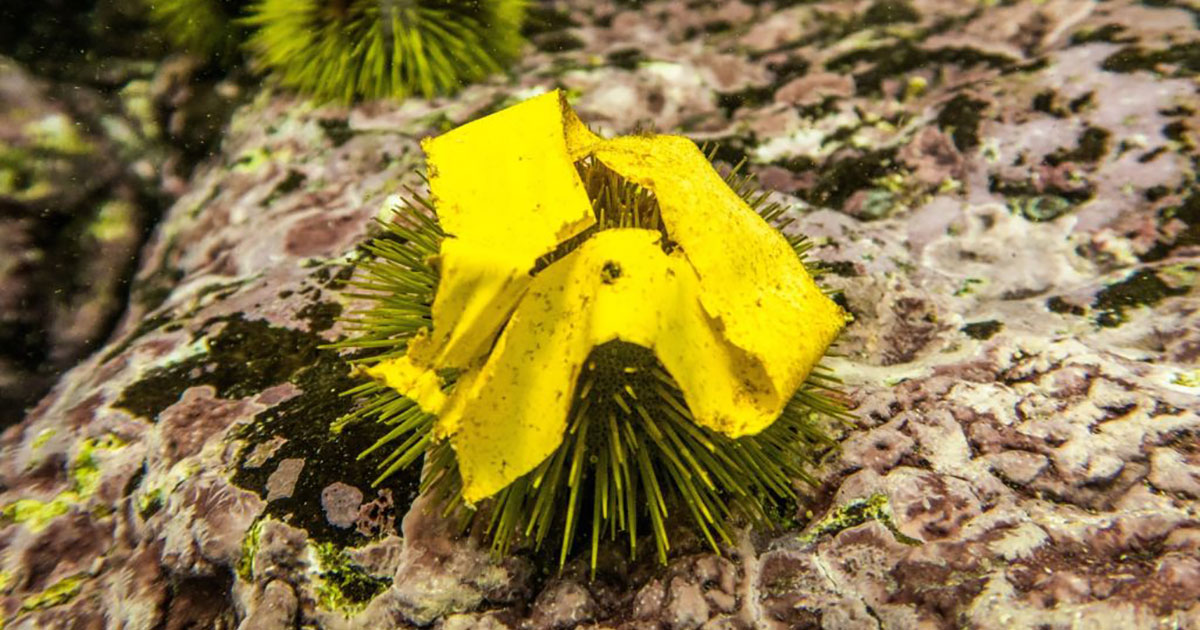The burden of plastic within animal species recovered from the seafloor has given scientists a new insight into the environmental risk associated with plastic.
A team of scientists led by the University of Exeter found that—rather than simply reflecting local pollution levels—the risk of exposure to plastic also depends on how species feed and interact with their immediate environment.
This is because different species process food and bury into the sediment in different ways, which ultimately determines their individual exposure to plastic.
All plastic in the ocean ultimately sinks to the seafloor, a habitat that harbors high levels of biodiversity.
“We know very little about the global seafloor and the species living there, but the impact of plastic pollution is growing even in parts of the deep ocean never seen by humans,” said Dr. Adam Porter, from the University of Exeter, and part of the Convex Seascape Survey, an ambitious five-year project examining ocean carbon storage.
The team, which included the University of Southampton, found that animals living in areas experiencing high levels of plastic pollution, in particular the Yellow and Mediterranean Seas, carried the highest burden of plastic.
Two shrimp species—Crangon affinis, collected from the South Yellow Sea, China, and the Blue and Red Shrimp (Aristeus antennatus) from the north-west Mediterranean Sea—had the highest levels of plastics—294 microplastics per individual and 164 microplastics per individual respectively.
Microplastics were found in animals on the seafloor in 93% of studies.
The focus of much of the microplastic research to date has been on filter-feeding bivalves like mussels.
However, the team found that predators, omnivores and deposit feeders (which scavenge on the seabed)—rather than filter feeders—are most likely to incorporate plastic into their bodies; mainly animals such as crabs but also starfish, sea cucumbers, sea urchins, squid and brittlestars.

Scientists from the Convex Seascape Survey are investigating ocean carbon storage. (Image credit: Adam Porter)
Dr. Porter added: “Contrary to previous thinking, it turns out that many filter feeders have fairly effective methods of releasing unwanted particles rather than ingesting them.”
Professor Jasmin Godbold, a co-author from the University of Southampton, added: “Organisms living in the seabed, such as clams, worms and shrimps may not seem that important, but they are essential for regulating and recycling the planet’s resources and form the base of the food web.
“Our findings suggest that previous assumptions about the risk of exposure to plastic in our oceans are likely, for better or for worse, to be far from the reality.
“Irrespective of the amount of plastic pollution, some species are relatively unaffected, whilst others are disproportionately vulnerable.”
Dr. Ceri Lewis, a co-author from the University of Exeter, remarked: “These techniques of how we group animals when we look for the effects and fate of microplastics are important tools for us to understand and simplify the world.
“We are now using these methods in the Convex Seascape Survey, to understand how animals interact with carbon on the seafloor and what the significance is of their behaviors in the fight against climate change.”
The findings will help researchers and policymakers target action and fill knowledge gaps as work towards the first Global Plastics Treaty progresses.
The study was funded by the Natural Environment Research Council.
The paper, published in the journal Nature Communications, is entitled: “Microplastic burden in marine benthic invertebrates depends on species traits and feeding ecology within biogeographical provinces.”



